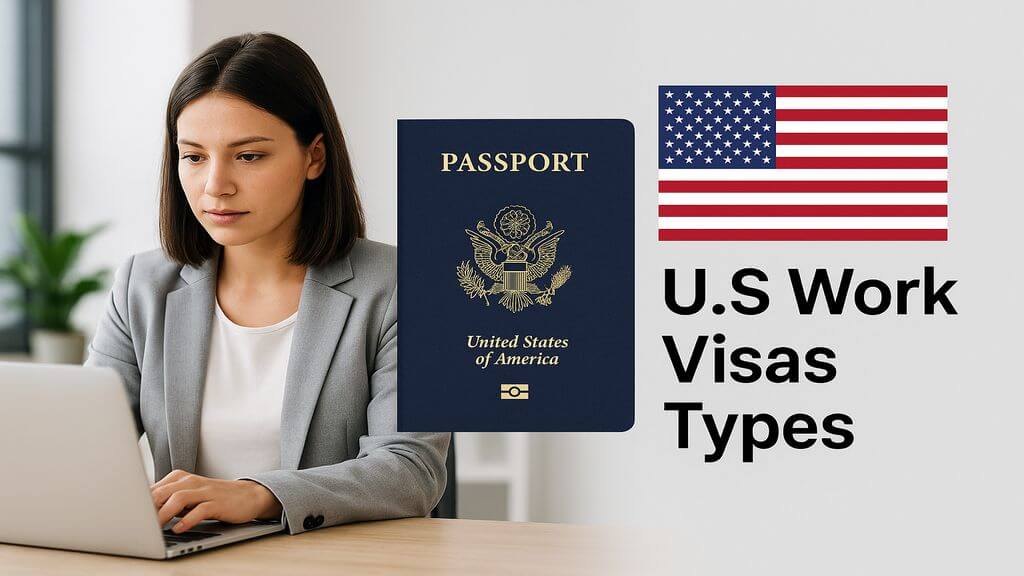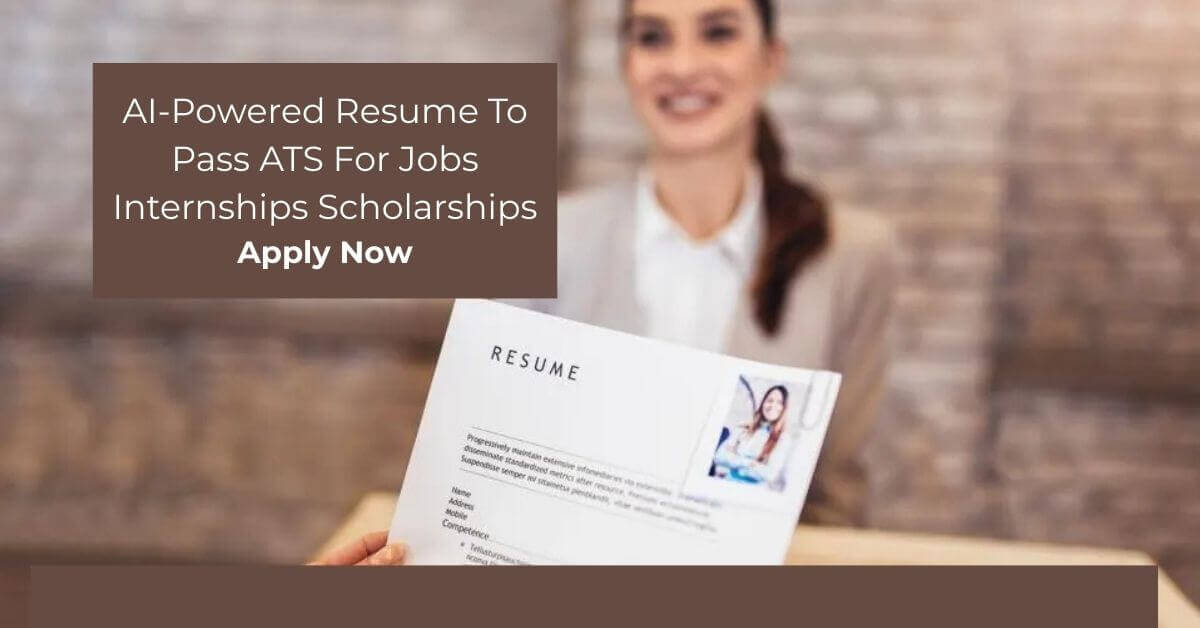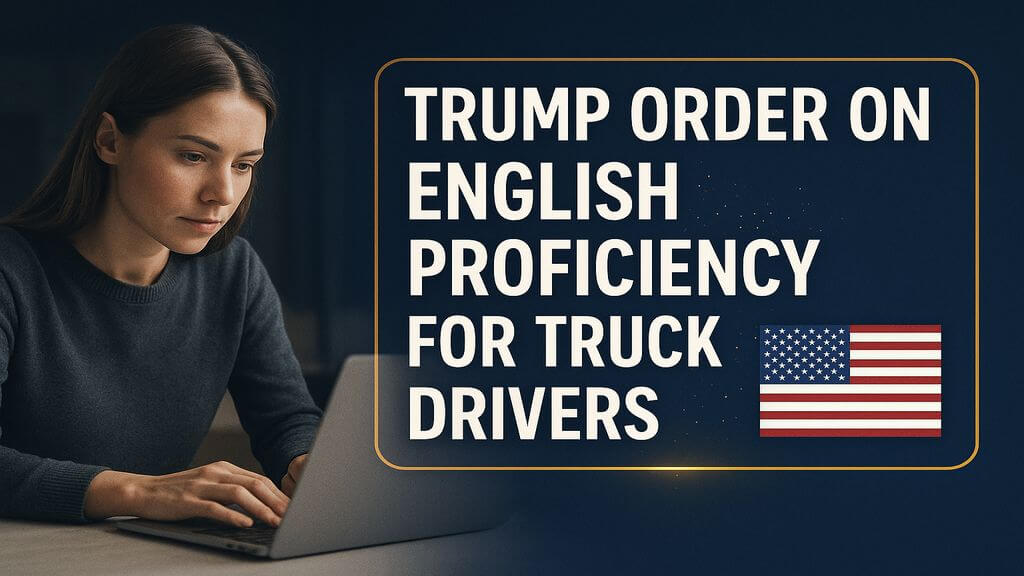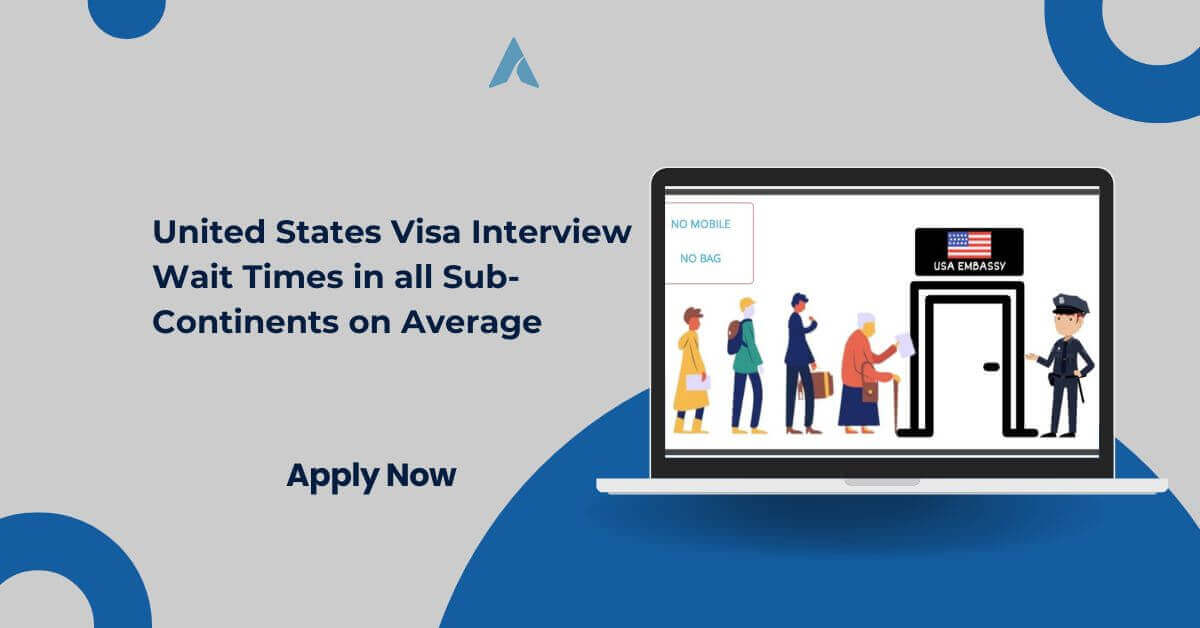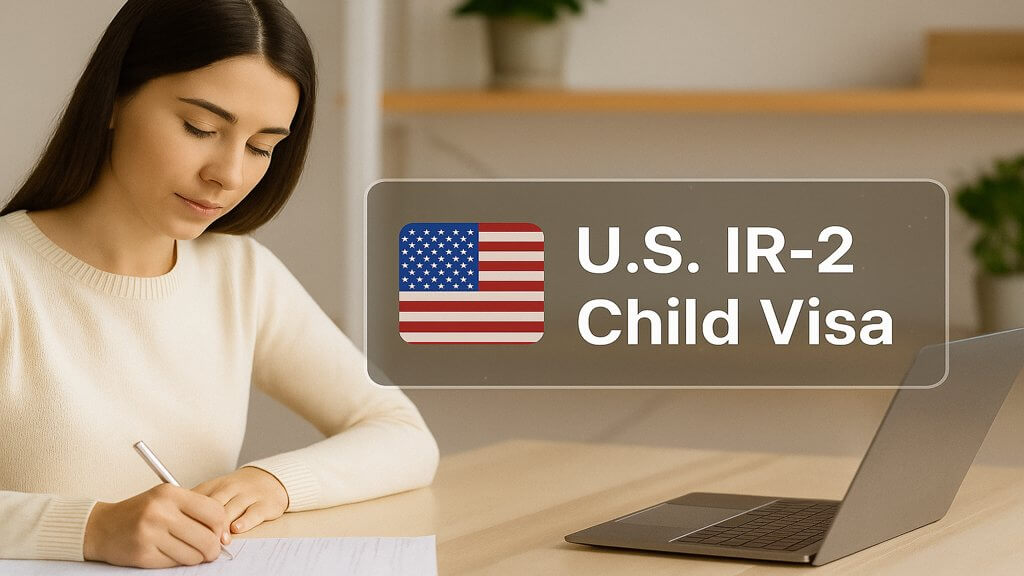The United States hosts the world’s largest economy, with strong demand for skilled, semi-skilled, and seasonal labor. Immigrants play a key role in industries such as technology, healthcare, agriculture, and the arts.
If you want to work in the U.S., you must obtain the correct visa either a temporary (non-immigrant) visa or a permanent (immigrant) visa (green card). The right choice depends on your skills, job offer, and career goals.
1. Temporary (Non-Immigrant) Work Visas:
Temporary visas allow you to work in the U.S. for a fixed period. Most require:
- A job offer from a U.S. employer.
- The employer to file a petition with U.S. Citizenship and Immigration Services (USCIS).
- Your own visa application at a U.S. embassy/consulate.
Spouses and children generally need their own dependent visas.
Common Temporary Work Visas:
| Visa Type | Who It’s For | Duration | Key Requirements | Dependents |
|---|---|---|---|---|
| H-1B | Specialty occupations (e.g., IT, engineering, finance) | 3 years, extendable to 6 | Bachelor’s degree or equivalent; employer LCA with Dept. of Labor | H-4 visa for spouse/children |
| H-2A | Seasonal agricultural workers | ≤1 year | Employer proof of labor shortage | H-4 visa |
| H-2B | Seasonal non-agricultural workers (e.g., hospitality) | ≤1 year | Employer proof of labor shortage | H-4 visa |
| H-3 | Training programs (non-medical) | Up to 2 years | Must benefit career outside U.S. | H-4 visa |
| I | Foreign journalists & media staff | Indefinite (while employed) | Media outlet with foreign home office | I visa for dependents |
| L-1A / L-1B | Intra-company transferees (executive/managerial or specialized skills) | L-1A: 3 years; L-1B: 1 year | Employment at foreign branch for ≥1 year | L-2 visa for family |
| O-1 | Individuals with extraordinary ability in sciences, arts, sports | Duration of event/project | Proven exceptional achievements | O-3 visa |
| P | Athletes, entertainers, artists | Event duration | Recognition in field | P-4 visa |
| R | Religious workers | Up to 30 months | Affiliation with non-profit U.S. religious organization | R-2 visa |
| TN (USMCA) | Canadian/Mexican professionals | 1–3 years | Job offer in listed occupation | TD visa |
2. Permanent (Immigrant) Work Visas Employment-Based Green Cards:
About 140,000 employment-based green cards are issued annually. Most require:
- A U.S. job offer.
- Labor Certification (ETA Form 9089) from the Department of Labor, proving no qualified U.S. worker is available.
- An approved immigrant petition (Form I-140).
Employment-Based Visa Categories:
| Category | Who It’s For | Labor Certification Required? |
|---|---|---|
| EB-1 | Individuals with extraordinary ability; outstanding professors/researchers; multinational executives | No |
| EB-2 | Advanced degree professionals; exceptional ability; national interest waiver applicants | Yes (except NIW) |
| EB-3 | Skilled workers, professionals, other workers | Yes |
| EB-4 | Special immigrants (religious workers, certain U.S. gov. employees) | No |
| EB-5 | Immigrant investors (≥$1.05M or $800K in TEA) creating 10+ jobs | No |
Check Also: U.S Nonimmigrant Visas Explained – Comprehensive Guide
3. Student & Exchange Visitor Visas:
These allow study or cultural exchange, sometimes with limited work rights.
| Visa | Purpose | Work Authorization |
|---|---|---|
| F-1 | Academic study | On-campus; CPT; OPT (incl. STEM extension) |
| M-1 | Vocational study | Limited practical training |
| J-1 | Exchange programs (au pairs, trainees) | As per program rules |
4. Short-Term Business Visas:
| Visa | Purpose | Duration |
|---|---|---|
| B-1 | Meetings, negotiations, training | Up to 6 months |
| WB | Visa Waiver Program business visits | Up to 90 days |
| GB | Guam & Northern Mariana Islands visits | Up to 45 days |
Best U.S. Work Visas for Skilled Workers
The best U.S. work visas for skilled workers offer pathways for professionals to live and work in the United States legally. Popular options include the H-1B visa for specialty occupations, the L-1 visa for intra-company transfers, the O-1 visa for individuals with extraordinary abilities, and the EB-2/EB-3 employment-based green cards for long-term employment. Each visa type caters to specific skill sets, education levels, and professional experience, making it important to choose one that matches your career profile.
Requirements for U.S Visa:
The requirements for U.S. work visa types vary depending on the category. Most skilled worker visas require:
- A valid job offer from a U.S. employer.
- Proof of specialized skills, qualifications, or relevant experience.
- Educational credentials that meet U.S. standards.
- Employer sponsorship and sometimes Labor Condition Applications (LCA) or Labor Certification (PERM).
Some visas, like the O-1, require evidence of exceptional achievements, while others, like the H-2B, are seasonal and require temporary employment documentation.
U.S. Work Visa Eligibility:
Understanding U.S. work visa eligibility is essential before applying. Factors that determine eligibility include:
Proof you intend to work in an approved occupation or industry.
Additionally, applicants must meet health and character requirements, and in some cases, demonstrate that their skills cannot easily be filled by U.S. workers.
- Your profession and skill level.
- Educational background and certifications.
- Employment offer from a registered U.S. employer.
How to Apply for U.S Work Visas Types 2025?
- Determine eligibility (USCIS.gov or State.gov).
- Secure a job offer (if required).
- Employer files petition (Form I-129 for non-immigrant or I-140 for immigrant).
- Await USCIS approval.
- Apply at U.S. consulate: DS-160 (non-immigrant) or DS-260 (immigrant).
- Attend visa interview.
- Receive visa and travel to U.S.
Frequently Asked Questions:
-
Can I change employers on a work visa?
Some visas allow this (H-1B transfer process), while others (L-1, O-1) tie you to a specific employer and job. You must follow USCIS transfer or change-of-status procedures before switching.
-
Can my family come with me on a U.S. work visa?
Yes, most work visas allow dependent visas for spouses and children under 21 (e.g., H-4 for H-1B holders, L-2 for L-1 holders). Some dependent visas also allow work or study, depending on the category.
-
What happens if my work visa expires?
If you overstay, you may face bans on reentry and lose eligibility for certain visas. Apply for an extension before your visa expires or depart the U.S. on time.
